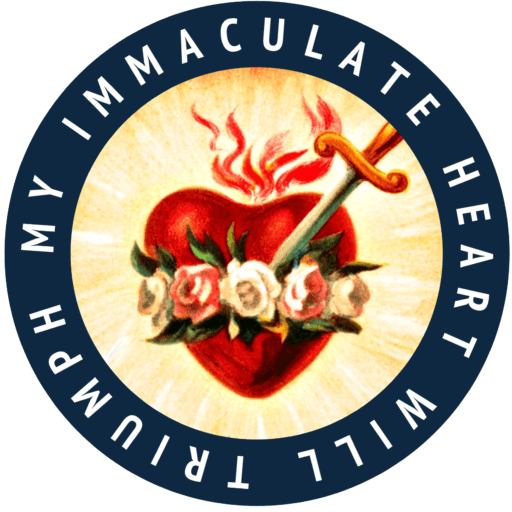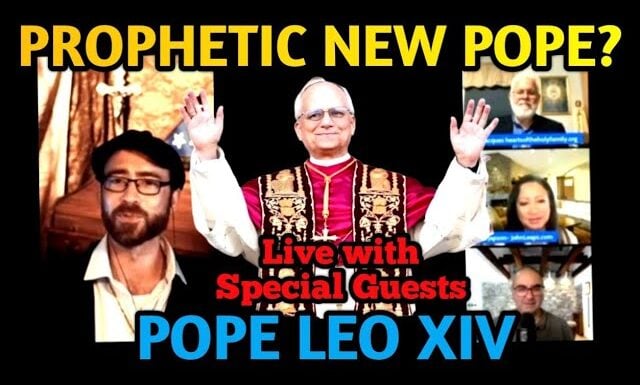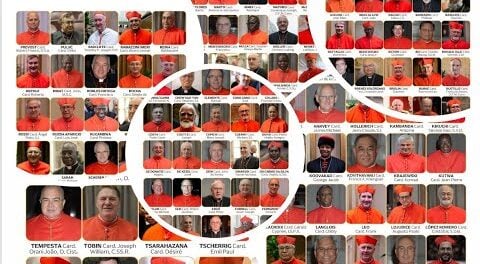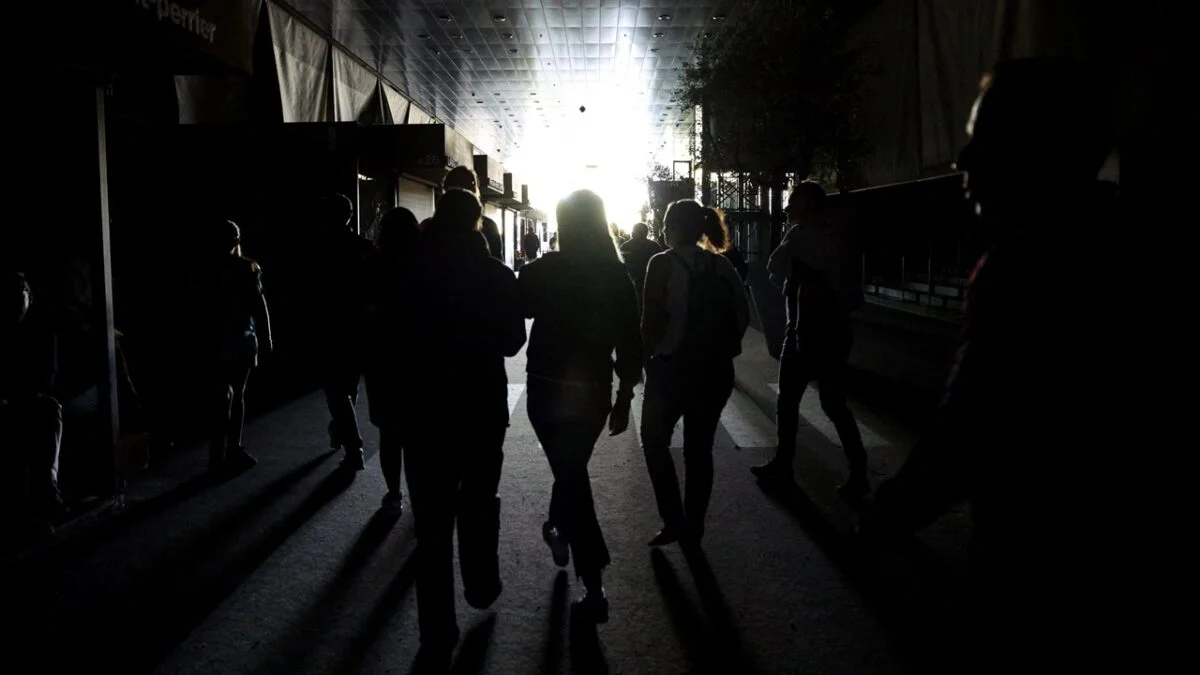
Author: Mother & Refuge
-

Prayer for Break Unholy Ties, Curses, Spells, Seals & Consecrations Prayer
Read More: Prayer for Break Unholy Ties, Curses, Spells, Seals & Consecrations PrayerPrayer To Break Unholy Ties This prayer is used when the victim has had a long-standing relationship with person(s) involved with the occult or has communicated with “imaginary friends,” spirit guides, ascended masters, “elementals, ” “wandering souls,” etc. In the Name of Jesus, I break any unholy ties, links, and bondages between myself and X and all…
-
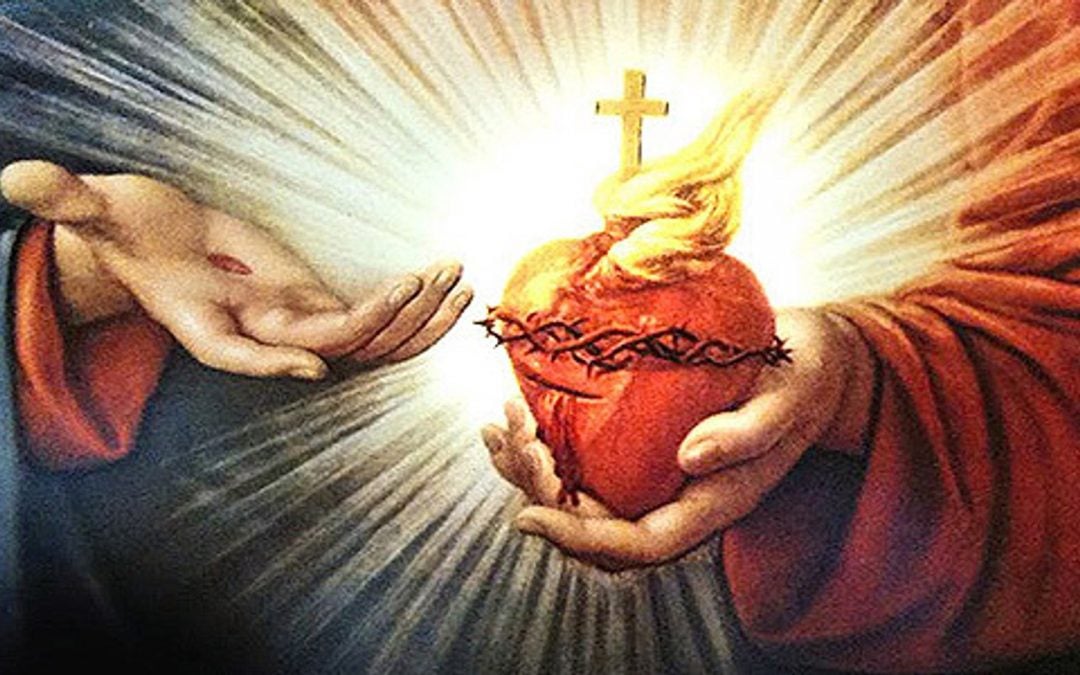
Holy Hour of Reparation to the Sacred Heart of Jesus (Free Printable Download)
Read More: Holy Hour of Reparation to the Sacred Heart of Jesus (Free Printable Download)Download Free from Below! Powered By EmbedPress
-

Time Travelling Confirmed! Time Travel for Beginners (for Catholics only!)
Read More: Time Travelling Confirmed! Time Travel for Beginners (for Catholics only!)By K.V. Turley (NC Register) Who has not dreamt of time travel? My version of this came one day in an out of the way bookstore some years back. Browsing the shelves of used books is always interesting. Often, the more shabby the emporium, the rarer the gems to be found there. Such was the…
-
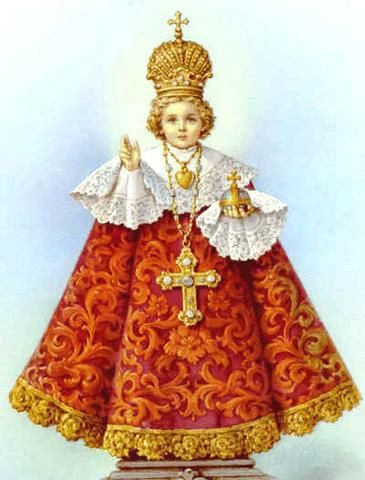
Pray This 9-Hour Novena for an Urgent Need!
Read More: Pray This 9-Hour Novena for an Urgent Need!Many Catholics are familiar with the concept of a novena, which involves praying for nine consecutive days for a particular intention. While this is often very effective, some are in need of a more urgent response from God, and turn to a 9-hour novena prayed in a single day. The novena can also be prayed for nine consecutive…
-
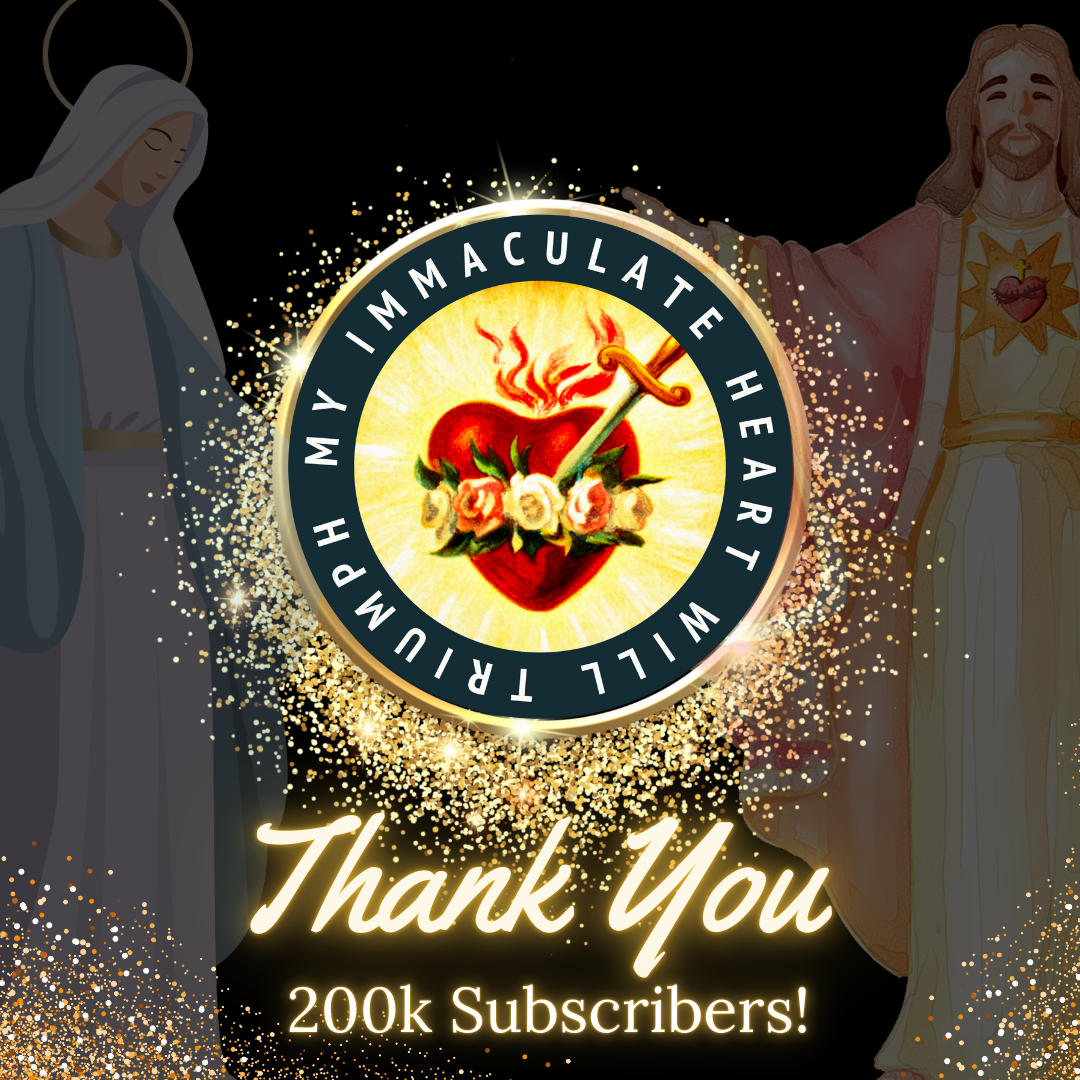
200,000 Hearts for Mary: A Community of Faith and Hope! Thank You, Faithful Subscribers!
Read More: 200,000 Hearts for Mary: A Community of Faith and Hope! Thank You, Faithful Subscribers!Thank You for 200,000 Subscribers! Dear Brothers and Sisters in Christ, With hearts full of gratitude, we are overjoyed to announce a truly humbling milestone: Mother & Refuge of the End Times has reached 200,000 subscribers! This journey has been nothing short of miraculous. What started as a small seed of faith has grown into…
-
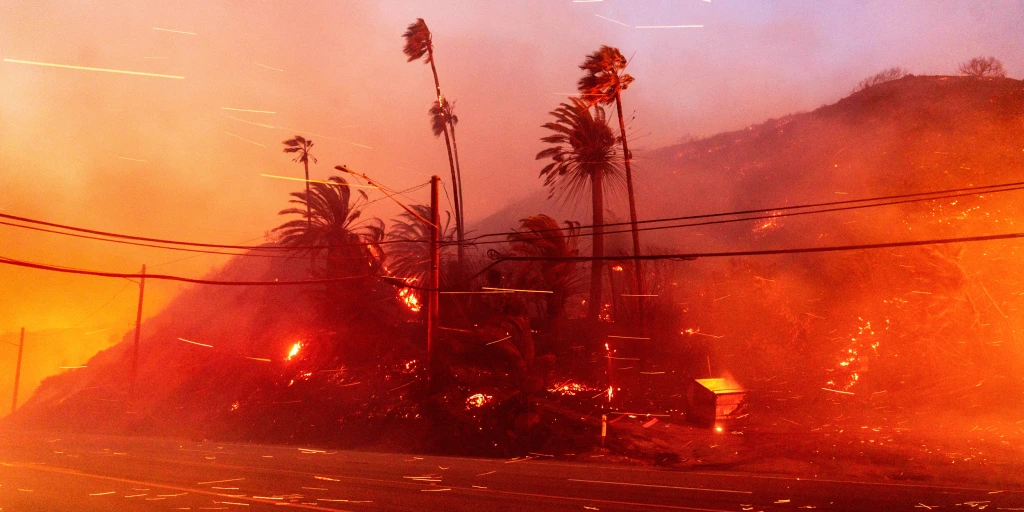
Catholic Man Protected His Home From L.A Wildfire Through Epiphany House Blessing
Read More: Catholic Man Protected His Home From L.A Wildfire Through Epiphany House Blessing“A thousand may fall at your side, ten thousand at your right hand, but it will not come near you.” Psalm 91:7 This Bible verse emphasizes God’s protection and care for those who trust in Him. Amen Catholic man’s house in Altadena miraculously spared from fire. He gives credit to God through the gace received from the…
-
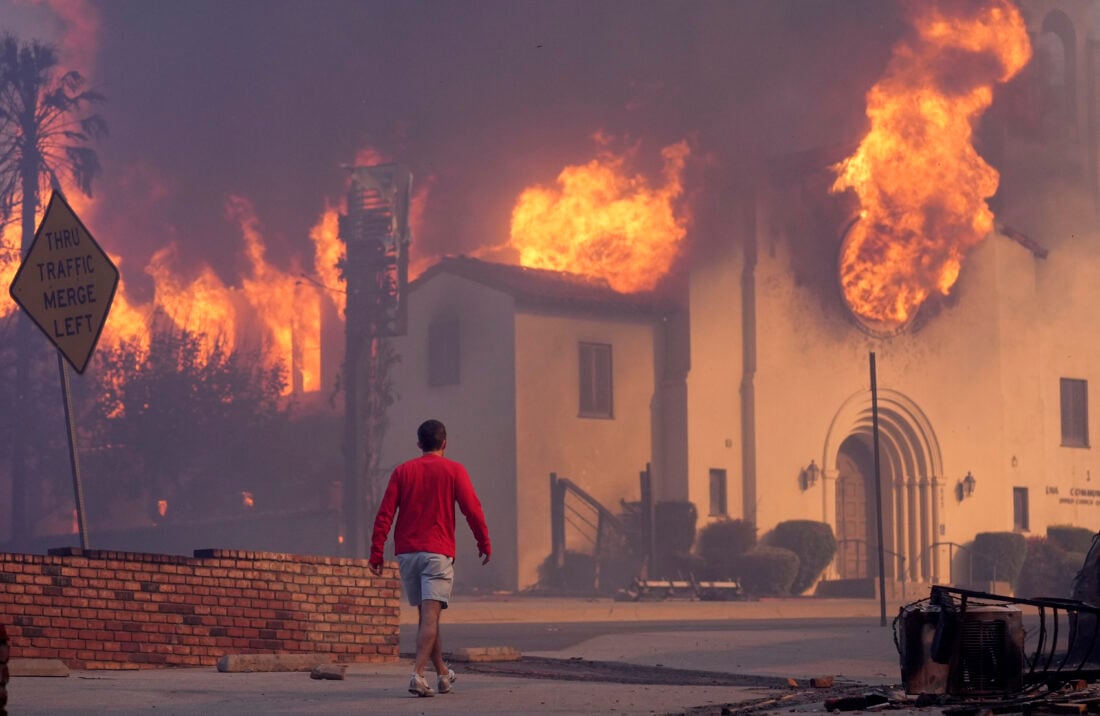
Powerful Prayer In Time of Wildfires With Litany of St. Florian (for Protection Against Fires)
Read More: Powerful Prayer In Time of Wildfires With Litany of St. Florian (for Protection Against Fires)God of all creation, all the elements belong to you. The earth, air, water and fire are yours to command. You guarded your people in Israel by night with a pillar of flame.You sanctified the early church with tongues of fire at Pentecost.You appeared to Moses in the burning bush, which was engulfed but not…
-

Miracle! St. Padre Pio Provides Long Distance Assistance: St. Padre Pio’s Bilocation Helps a Family
Read More: Miracle! St. Padre Pio Provides Long Distance Assistance: St. Padre Pio’s Bilocation Helps a FamilyThe Holiness of St. Padre Pio There are a number of reasons for this. Many might cite the fact that he received many extraordinary graces including visions, the stigmata, bilocation, and even miracles attributed to his intercession. However, it should always be noted that Holy Mother Church never raises a man or woman to the…
-
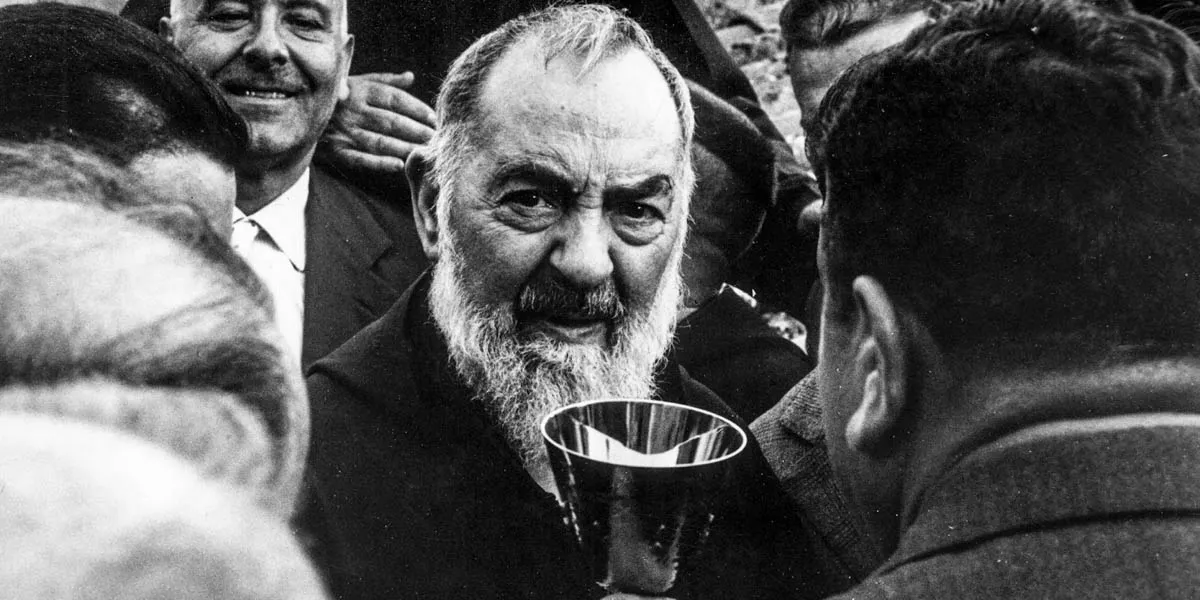
Two Places, One Mission: The (10)Saints Who Bilocated for God’s Glory
Read More: Two Places, One Mission: The (10)Saints Who Bilocated for God’s GloryProfiled Saints and Beati Known to Have Bi-Located The Catholic Church has long been a treasure trove of mystical phenomena, from incorruptible bodies to miraculous healings. Among these wonders is the extraordinary gift of bilocation—being present in two places at once. While this phenomenon remains rare, it has been documented in the lives of several…
-
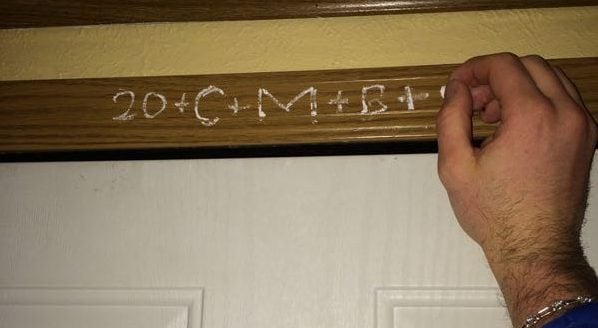
How to bless your home with Epiphany chalk
Read More: How to bless your home with Epiphany chalkach year around the feast of the Epiphany many parishes throughout the world participate in an annual blessing of chalk. It is an ancient tradition that not only places God at the entrance of your home, it places your entire family under his protection. The Epiphany blessing of chalk and homes is a centuries old…
Search
Popular Posts
-
🙏 A New Chapter Begins: Supporting Pope Leo XIV with Prayer and Hope | W/ Daniel O’Connor
“Give the new pope a break and support him with your prayers.”–…
-
Possible Candidates for The Next Pope!
Some Candidates for the New Papacy Today we will share with you…
Categories
Archives
Tags
#Miracles (102) 2023 (4) 2024 (4) approved miracles (2) catholic (141) catholic blog (375) catholic meditations (7) catholic miracles (371) catholic motivation (2) catholic news (371) catholic prayers (4) CatholicSeers (359) catholic vlog (375) catholic websites (6) Eucharistic miracle (2) fr jim blount (3) GisellaCardia (11) hamas (3) imitation of christ (2) Israel (4) israel live (5) Israel news (9) jesus (3) jesus christ (4) Latest messages (11) lent 2023 (10) lent 2024 (4) lent homily (2) lent retreat (4) lent retreat 2023 (3) Lourdes (2) messages from god (6) MessagesFromHeaven (364) miracles of catholic church (2) mother and refuge (2) ourlady (325) OurLadyApparitions (22) our lady of lourdes (2) Pope (2) POPE francis (3) pope francis news (2) prayers (3) real miracles (356) sacred heart of jesus (2) The Miracles of Lourdes (2)
